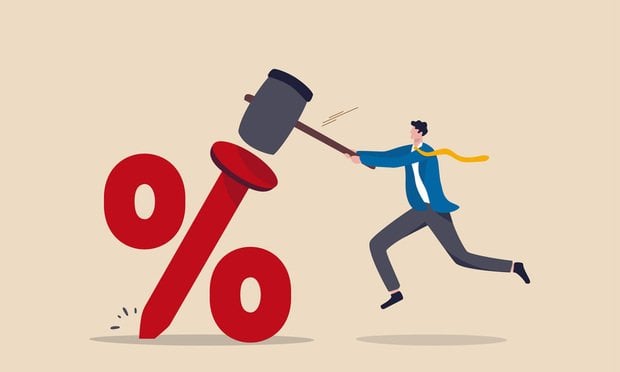"Multifamily properties remain very attractive to investors," says Jeffrey Wiener, president and co-managing director. "Demand far outweighs supply, especially in Northern New Jersey, among both our long-time clients and investors new to the market. The multifamily real estate market continues to be the strongest sector."
The product type also provide a safe place to invest where owners can get a decent sheltered return, especially compared to the low returns presently offered by banks, Robert Holland, senior vice president and co-managing director, tells GlobeSt.com. "Despite the recent gains in the stock market, investors also remain cautious given its volatility in the last few years. Multifamily properties are generally safe long-term investments especially in our markets. In New Jersey, for example, vacancy rates remain relatively low, rents are among the highest in the nation and we are experiencing an increased demand for multifamily properties."
The popularity of multifamily as an investment type stems from the stability of returns and the availability of financing at attractive rates, agrees Brian Whitmer, director of Cushman & Wakefield's Metropolitan Area Capital Markets Group in East Rutherford. "Multifamily has the advantage of plentiful debt being offered by the government-sponsored agencies Freddie Mac and Fannie Mae, at loan-to-values as high as 80%; commercial real estate mortgages are topping out at 60% to 65% LTV," he tells GlobeSt.com. "Lower interest rates, ranging from 4.6% to 5.5% on five- to 10-year term loans, also support lower cap rates. Additionally, the ability to be interest-only for the first two years allows investors to be debt leverage neutral when cap rates are in the low 5% range. They can maintain that position once amortization begins in the third year by taking a positive outlook toward rental rate growth."
But while sales may be strong for small to mid-sized properties, in Northern New Jersey, there has yet to be a sale of an apartment building in excess of $10 million in 2010, says Whitmer. This is off from a total of five deals in 2009, and an average of 16 deals per year from 2004 to 2007. With this asset type still considered the only game in town, investors and advisors charged with placing money must bid aggressively to win the few properties put up for sale.
"This lack of offerings and an influx of new investment dollars from private investors and institutional money managers have created a rapid price appreciation for core assets--the primary target of this type of institutional investor," says Whitmer. "Value-add investors are pursuing class B/C properties, seeking higher rates of returns and an opportunity for upgrading and repositioning.
In Northern New Jersey--especially at luxury communities in Hudson County, which have the highest rent levels in the state--low cap rates translate into per-unit values that can approach $500,000, according to Whitmer. This has become a hurdle for some investors, as it nears the value of the units should they be sold as condominiums. "Such price levels limit potential profits as well as the flexibility of a condo exit strategy," he says. Additionally, Fannie and Freddie have a threshold on the maximum value they will lend against. Valuations in excess of replacement cost have not been a deciding factor, due to limited development opportunities in the state and the irreplaceable nature of most apartment communities.
For the balance of 2010, Whitmer expects to see the demand for predictable returns combined with the scarcity of available product to continue driving very aggressive multifamily cap rate pricing. "By most accounts, fundamentals have stabilized, and the worst for the economy is over," he observes. "As the recovery begins to take hold and job growth begins, there will be a significant positive impact on the existing multifamily housing stock. Therefore, there is a unique opportunity for sellers to capitalize on the extraordinarily low cap rate environment, while buyers can benefit from future rental rate growth by purchasing at the bottom of the cycle."
Want to continue reading?
Become a Free ALM Digital Reader.
Once you are an ALM Digital Member, you’ll receive:
- Breaking commercial real estate news and analysis, on-site and via our newsletters and custom alerts
- Educational webcasts, white papers, and ebooks from industry thought leaders
- Critical coverage of the property casualty insurance and financial advisory markets on our other ALM sites, PropertyCasualty360 and ThinkAdvisor
Already have an account? Sign In Now
*May exclude premium content© 2024 ALM Global, LLC, All Rights Reserved. Request academic re-use from www.copyright.com. All other uses, submit a request to [email protected]. For more information visit Asset & Logo Licensing.








